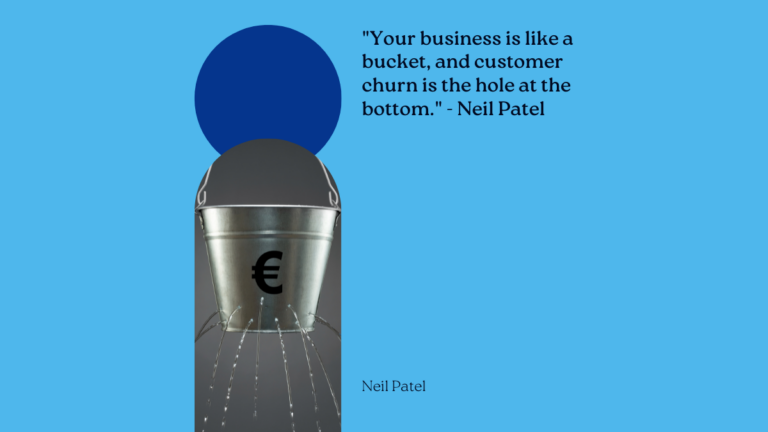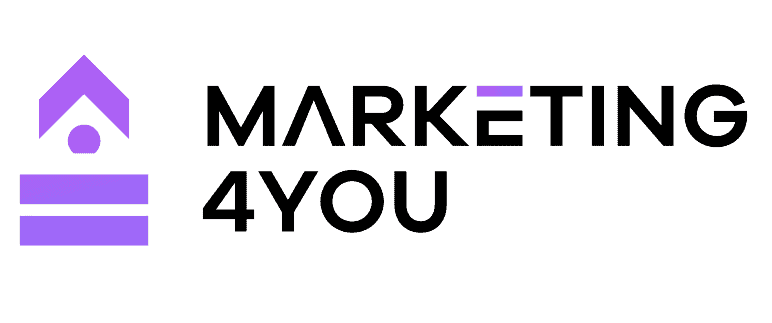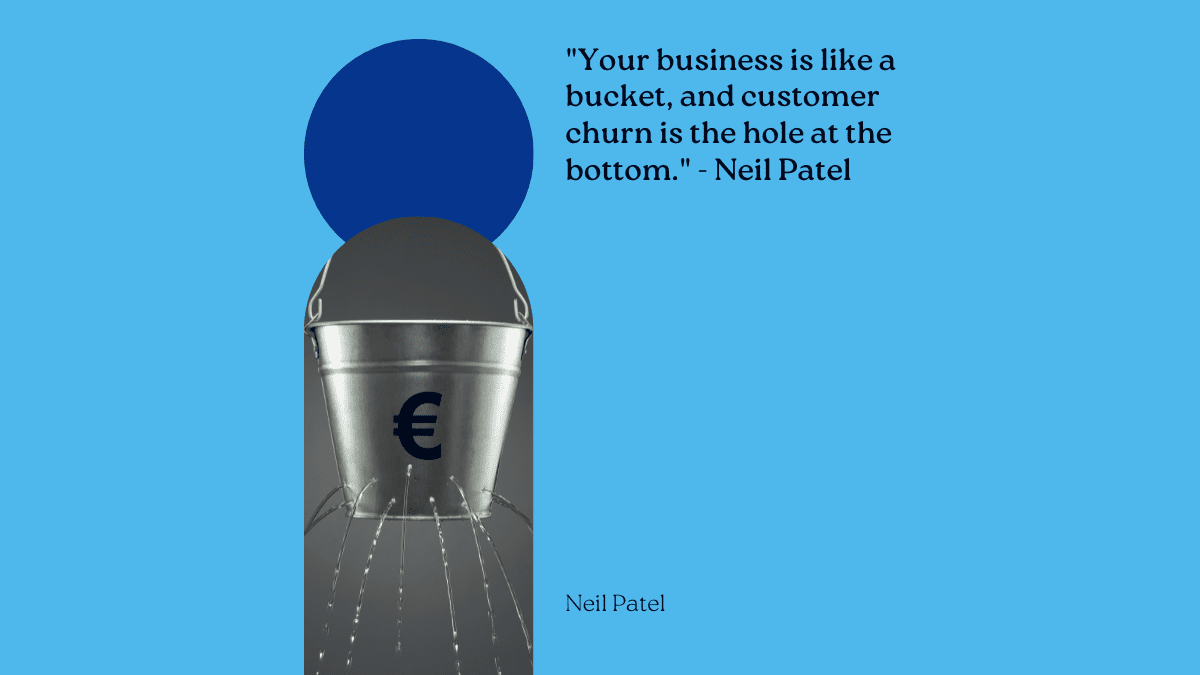
I bet, like most small business owners, you wear a lot of different hats. In addition to the day-to-day tasks of staffing, marketing, and finance, you are also a marketer, a counsellor, a bookkeeper, an accountant, and more!
It’s tough to find time to deal with everything.
Furthermore, you’re spending time and money on marketing, e.g., Facebook ads, emails, and content creation, in order to generate leads, so the last thing you want is for any of these hard-earned opportunities to leak away.
Being tuned into the customer journey is the best way to convert a high percentage of leads into sales. Put yourself in your customer’s shoes and regularly test what it is like to be a prospect. Make the customer’s journey smooth; you don’t want to be a leaky bucket.
Leaky Bucket Theory: How to Avoid Customer Churn
Customer Service
Sales are the lifeblood of your business; let’s face it, without them, you don’t have a business.
However, once you land the sale, what happens next will determine whether you have a once-off customer or a customer for life.
The rule of thumb is that it is five times more expensive to acquire a new customer than to keep an existing customer. Customer retention is an underused tactic, despite evidence that increasing customer retention rates by 5% can increase profits by between 25% and 95%.
Good customer retention is an indication of how successful the company is at looking after and meeting the expectations of existing customers.
A business with a strong customer service culture pays attention to doing the simple things well and keeping the customer experience front and centre.
The Zendesk Customer Experience Trends Report 2021 found that 5 percent of people are willing to spend more money on a brand that provides a stellar experience.
Think of your business as that big bucket of water. New customers = water going in. The leaks = customers seeping out.
Our top tips for a happy customer are:
- Good Communication
- Focus on benefits as opposed to features
- Positive reviews build trust
- Excellent after-sales service
Communication:
Do your points of contact create a great first impression?
Telephone:
- How many rings are there before a call is answered?
- If the telephones are not manned 24/7, is there a professional call-answering service in place?
- Is the telephone answered professionally?
- How long does it take to get back to callers?
Everyone wants instant gratification, so chances are the prospect will be onto the next supplier in their search for answers if they do not get a fast response from you.
Website: Is your website built with your ideal customer in mind?
- Who is this website for?
- What do you do?
- Why should I care?
- What now?
If the answers to these questions are prominent on your website, then you are on the right track. Tell them what you want them to do next—a clear call to action is key to getting prospects to take the next step.
Functionality: Are all the pages and forms working properly? Regularly check for broken links and that your contact forms are reaching the appropriate person.
Content Strategy: Focus on problems typical customers tend to have and use your blog to illustrate how your products and services can provide solutions.
FAQs and reviews are a great source of content. For some content writing inspiration, check out our blog, Content is King! How to create content that converts.
Benefits: What’s in it for me?
The most popular format for websites tends to be
- Who we are
- What we do
Your prospective customer wants to know “What is in it for me”. This is why it is important to focus on benefits rather than features.
Social Media
Choose the platforms that are most relevant to your customers. Since you will not have enough time to use every social media platform, it makes sense to concentrate your efforts on Linkedin if your typical client spends the majority of their time there.
Consistency is key, so if you can only post once a week, then commit to that frequency rather than posting every day for a week and not again for months.
Consider hiring a local digital marketing agency to handle your social media marketing if this is not feasible.
Building Trust
Ask your customers for reviews.
Putting a system in place to request a review every time you deliver a product or service will ensure a regular flow of reviews.
Reviews build trust and help with customer retention. They are also a great way to get feedback on what customers want.
Make sure to answer your reviews and show the customer that you appreciate their business and time.
Find out more about customer reviews in our recent blog – What Makes Customer Reviews So Powerful.
Local Marketing
If your business provides products and services that interest a local audience, make sure your Google Business Profile (formerly Google My Business) is fully optimised.
Check out our Google My Business blog for more on the features and benefits of Google Business Profile.
We also have a handy Google Business Profile Checklist, which you can download here.
Conclusion
Excellent communication and customer service are essential for happy customers. We need to be alert to the triggers that cause customers to leak away and put robust customer retention strategies in place.
Keep filling your bucket with water and reduce the number of holes through which customers are likely to leak out. Happy customers become your best brand ambassadors.

